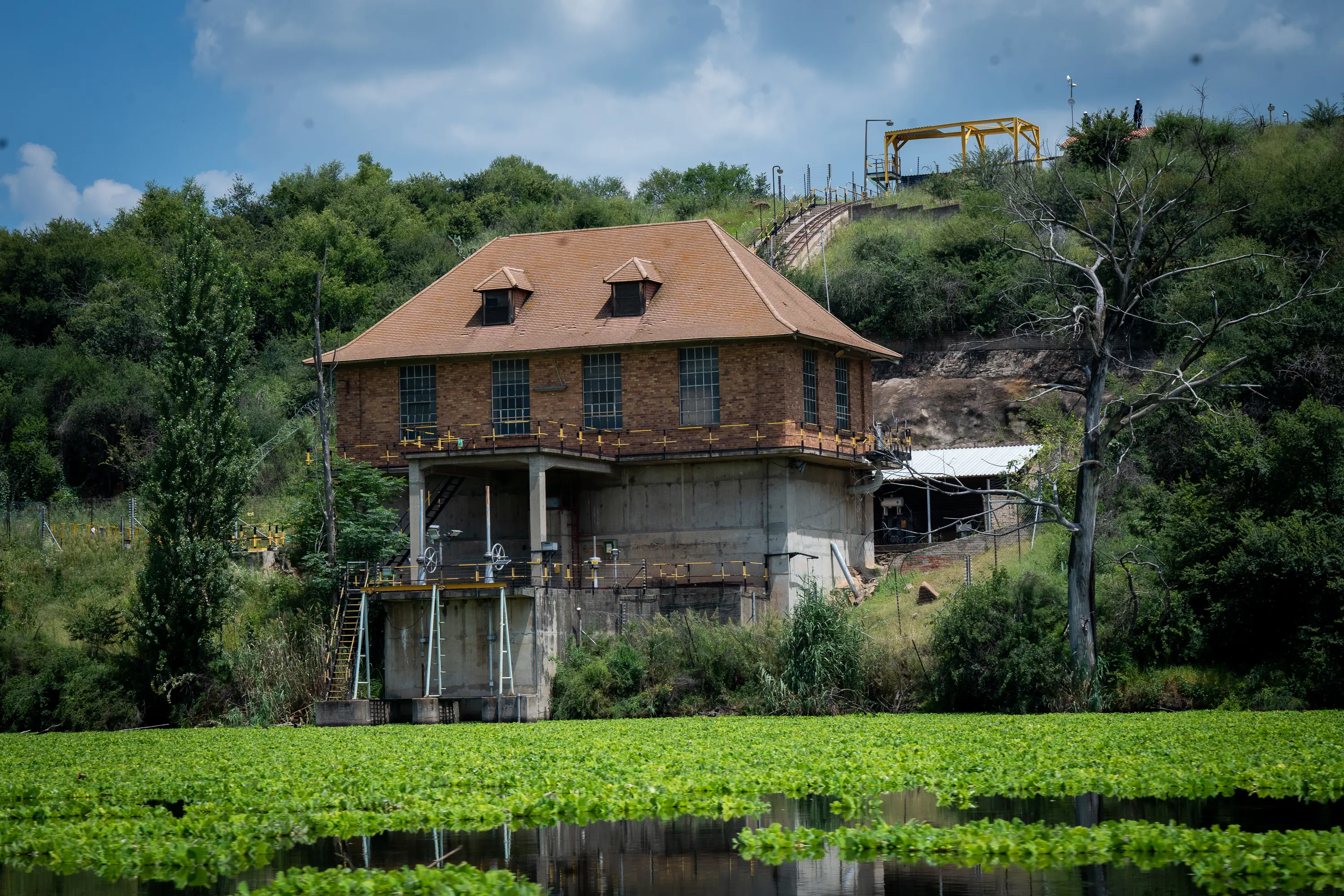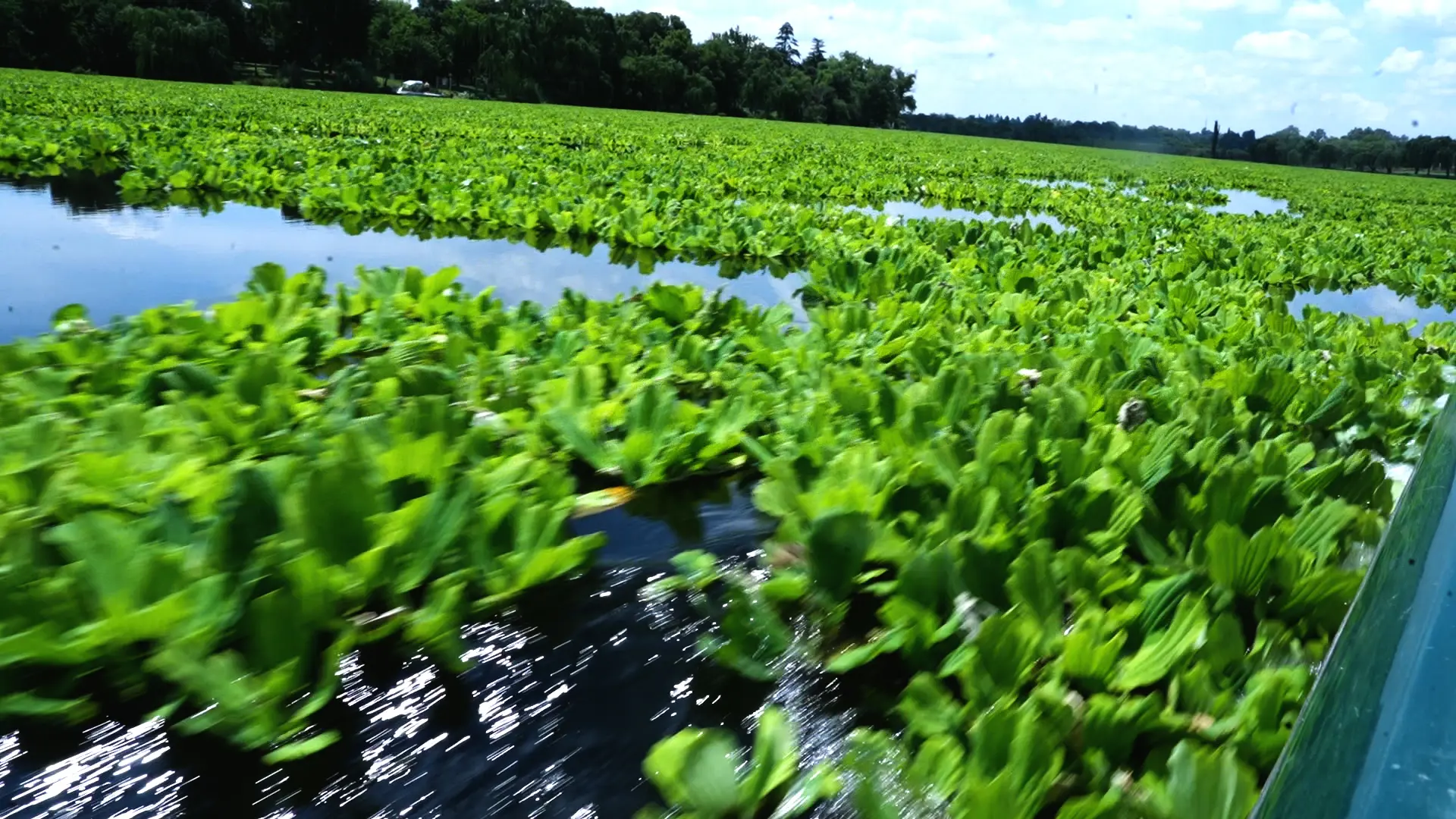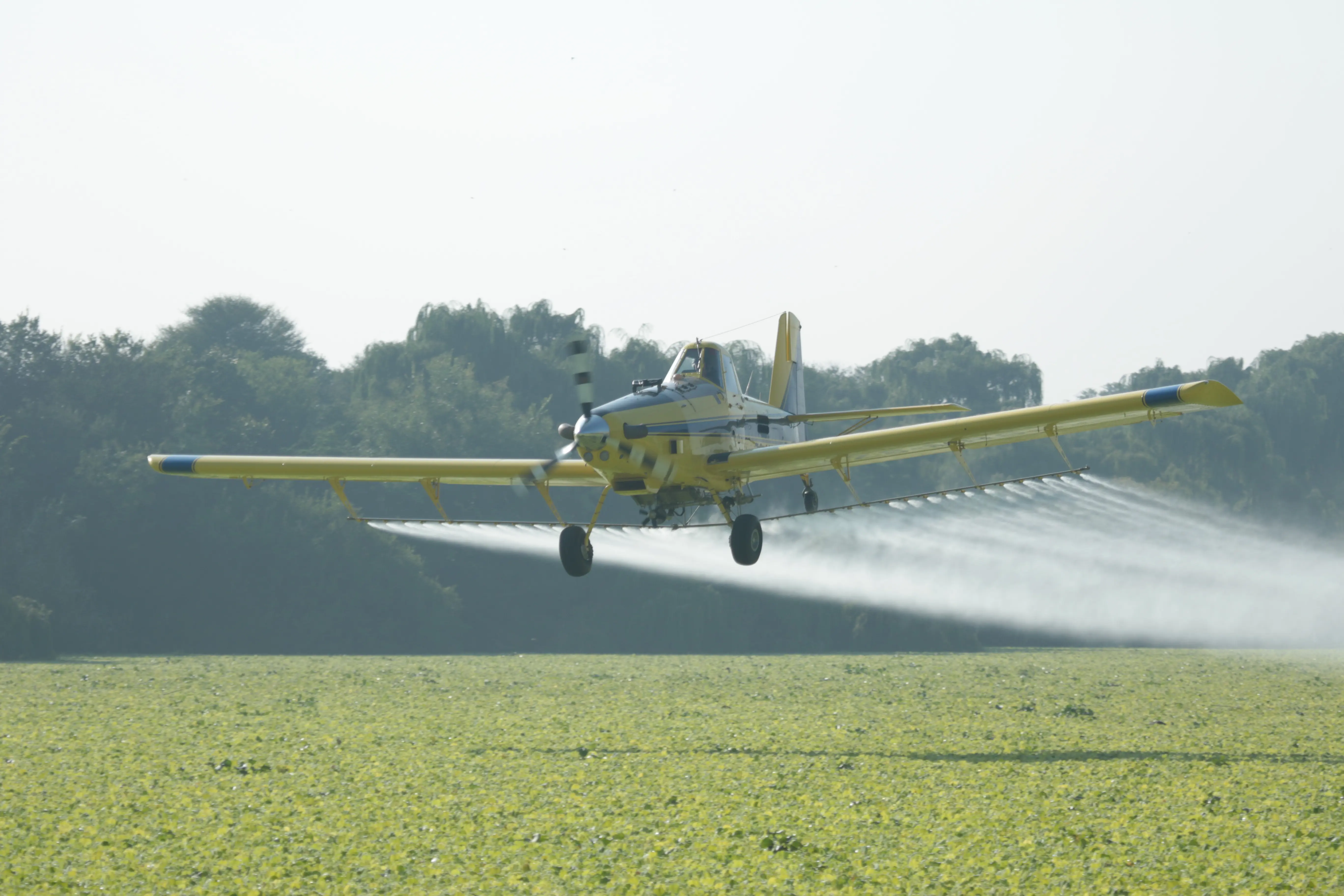Slaying the ‘slaai’: Fighting the Vaal River water lettuce invasion before it creeps downstream
Water lettuce, an invasive aquatic weed, multiplies at an astonishing rate, keeping authorities and residents on their toes as they try to keep up with rapid infestations.

The water lettuce infestation along the Vaal River grew rapidly, negatively affecting whole ecosystemsn in the region. Picture Xanderleigh Dookey Mahakaza/Eyewitness News
JOHANNESBURG - A resilient alien weed thriving on a toxic mix of warm temperatures and pollution has turned parts of the Vaal River into a spongy green mattress.
First flagged by residents, organisations and business owners in 2021, the South American invasive weed likely made its way from someone's garden along the Suikerbosrand River, and settled in exponentially between the Taaibos and Rietspruit rivers.
It took three years for decisive action to be taken, while the lettuce multiplied rapidly - at the moment doubling every 10 days.

A number of businesses and homes along parts of the Vaal River were affected by water lettuce. Picture: Xanderleigh Dookey Makhaza/Eyewitness News
In that time, approximately 139 hectares of life on and in the Vaal barrage grinded to a halt. Residents watched while the mockingly joyful lime green plants blanketed indigenous plants, and began encroaching on livelihoods.
Authorities have a long way to go in eradicating the green scourge.
However, although tangible solutions are finally on the table, traces of water lettuce were confirmed by the Department of Water and Sanitation (DWS) to have escaped beyond the Vaal barrage.
This means water sources other than the Taibosspruit and Rietspruit tributary streams where the lettuce is currently thriving may be at risk of being infested.
HOW DID IT HAPPEN?
While no definitive origin can be pinpointed, manager of Rand Water's environmental management services Dr Lesley Hoy narrowed the presence of water lettuce down to a few potential sources.
"One potential source is from ponds. Also people that move their boating gear from one course that is contaminated to another. You end up with seeds or any bits of plant stuck on gear. Even birds that move from one water source to another can have small plantlets and seeds lodged in their feathers. There are a range of sources. And unfortunately, the water is significantly polluted," Hoy explained.
WHY DID IT HAPPEN?
This pollution comes from inefficient wastewater treatment plants further upstream, which feeds into the Vaal River barrage from various regions, including Emfuleni, Johannesburg, and Ekurhuleni.
Rhodes University Centre for Biological Control (CBC) deputy director Dr Julie Coetzee elaborated on why water lettuce, and water hyacinth, thrive in environments like the Vaal River.
"The plant thrives in systems that have high levels of nitrate and phosphates, which are usually associated with pollution. So, in some ways we are treating a symptom of a far greater disturbance. There are many wastewater treatment plants upstream of the Vaal Barrage, the majority of which are non-compliant," she explained.
This was further confirmed by DWS spokesperson Wisane Mavasa, who says several wastewater works upstream in Gauteng and Mpumalanga feed into the Vaal River.
But for Federated Hospitality Association of Southern Africa (FEDHASA) chairperson Rosemary Anderson, a lack of maintenance along the Vaal River was another contributing factor.
She told Eyewitness News that until 2014, preventative maintenance teams patrolled the river to remove any invasive weeds, mostly water hyacinth. According to Anderson, this service was made obsolete because there was no hyacinth left to remove.
Employees were said to have been absorbed into Rand Water, and would return to the Vaal region should the need arise.
"For 10 years, we haven't had preventative measures proactively along the Vaal. The original source started in 2021. The maintenance team would have blitzed it ASAP."

A dense mat of water lettuce coats the Vaal River. Picture: Xanderleigh Dookey Makhaza/Eyewitness News
WHAT HAPPENS NOW?
The CBC, one of the agents working with Rand Water to eradicate water lettuce in the Vaal, has solutions in the form of tiny beetles called weevils (Neohydronomus affinis).
They have had success in releasing weevils in the Hartbeespoort Dam and selected sites in the Kruger National Park, and have plans to release many more along the Vaal River once herbicide spraying commences.
"The adults feed on the leaves and the larvae burrow inside the leaves causing the plants to sink. As it does this slowly, there is not the same mat decomposition as there would be with a herbicide spray.
"Water lettuce does produce seed that are long-lived in the sediments of the river and thus will germinate once the mat sinks. So, we will monitor the situation and release additional weevils if, and when required," Coetzee said.
Water lettuce has also been manually removed for weeks by residents along the river, but despite the physical exhaustion involved in this task, by the end of it, those involved did not have much to show for it.
Long-time Vaal resident and former Save the Vaal Environment (SAVE) committee member Brent Gericke said despite manual removals, however, virtually no difference was made.
"To recognise that it's a problem was a struggle. And even when there was a response, there was no sense of urgency. If you want something done, you have to do it yourself. One resident used his own machinery to move some of the lettuce."
But to give physical removals and insects a head start to make a difference, chemical applications have been necessary.
Hoy lamented that chemicals were needed to suppress the weeds to a certain extent to reduce growth, and allow biological control agents to do their job.
The herbicide in question contains glyphosate, which will be applied in a lower-than-legal-rate in accordance with Department of Forestry, Fisheries and the Environment requirements.
Residents began spraying chemicals on Monday.
Authorisation has been granted to Rand Water as well to spray a glyphosate-based herbicide, with the DWS confirming approval of their application was fast-tracked to five days, instead of the usual 30.
Punitive measures are on the cards for offending municipalities responsible for defunct wastewater treatment plants.
“The department is also taking enforcement measures to hold the municipalities responsible for the pollution accountable,” Mavasa confirmed.

A plane sprays glyphosate-based herbicides on water lettuce infestations in the Vaal River. Picture: Supplied/Cameron Mundy
LONG-TERM PLANS
Despite the looming threat of water lettuce infestations in neighbouring tributaries and water sources, and the fact that water lettuce will likely never be completed eradicated in the Vaal region, the DWS assured it would meet with relevant departments to quell future infestations.
“DWS will be meeting with DFFE regarding management of the river beyond the barrage area of the Vaal catchment, to curb further movement from the concentrated source, the barrage.”
The risk that seed banks buried in the Vaal River’s silt layer will mean reintroductions over time, especially in warm weather.
Help is also on the way for ailing Emfuleni treatment plants.
“Rand Water has been appointed by the Department as the implementing agent in term of Section 23 of Water Services Act to assist with addressing the failing wastewater infrastructure in Emfuleni Local Municipality in the Vaal, with the main aim of reducing the nutrients load in the river, which are promoting the fast growth and spread of the plants.”
There are also plans for Rand Water to work with Rhodes' CBC to grow and breed insects needed to eat away at the Vaal's mat of lettuce, Hoy said.
“A growing facility has been identified to grow and breed weevils, and we are urgently setting it up with the necessary equipment. We just need breeding stock.”
But the above solutions will not rid the Vaal of water lettuce completely. Rather, Hoy said it was about "keeping numbers low to control it - and that's what we aim for".